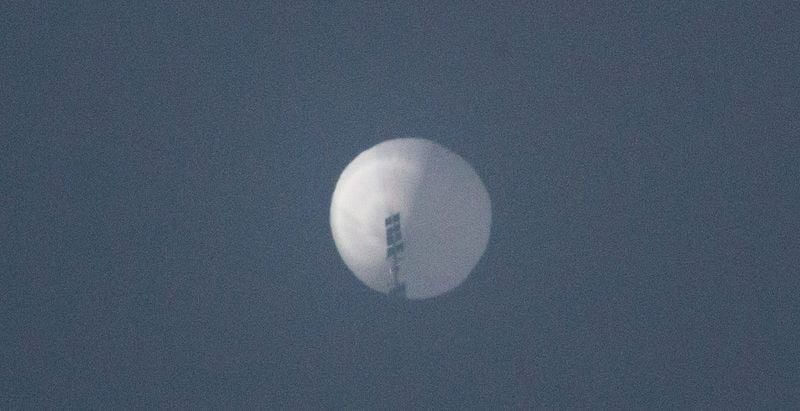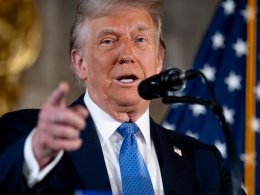By: Micaela Burrow, Daily Caller News Foundation
The Chinese spy balloon that transited the continental U.S. in February succeeded in gathering information from U.S. military sites, despite repeated assurances from U.S. officials the balloon did not provide any additive surveillance value, NBC News reported, citing officials.
Biden administration officials in the National Security Council and Department of Defense said they had taken steps to protect sensitive installations from the spying capabilities of the Chinese balloon. However, the balloon picked up electronic signals, potentially those emitted from weapons systems and communications between base personnel, and transmitted data in real time back to Beijing, two current senior U.S. officials and one former senior administration official told NBC.
The Biden administration first revealed it was tracking the spy balloon after it had flown over Malmstrom Air Force Base in Montana, which houses a key pillar of the U.S. nuclear arsenal, on Feb. 2.
The balloon maneuvered in figure-eight pattern around U.S. military sites, sometimes repeatedly, to collect the electronic signals, the officials said.
Steps the U.S. took to mitigate collection, such as repositioning objects of particular interest to China and reducing the volume of signals omitted, did curb the amount of intelligence the balloon could collect, the officials told NBC News. The balloon did not gather imagery intelligence, they said.
The National Security Council and the Department of Defense (DOD) did not directly respond to NBC’s requests for comment.
Instead, DOD referred NBC to comments made in February that the surveillance craft offered “limited additive value” to Beijing “over and above what [China] is likely able to collect through things like satellites in low earth orbit.”
The Biden administration faced criticism for allowing the spy balloon to fly across Alaska and the contiguous U.S. for days before shooting it down off the coast of South Carolina. Officials said the incident provided a rare opportunity to observe Chinese spying in action, using the time to analyze the balloon for technical information and surveillance capabilities.
In addition, the military had determined it did not pose an immediate threat to Americans and would not provide China with a significant surveillance advantage. They also took “precautions” to minimize the balloon’s collection value.
“At the point we felt it posed a potential threat to us in the continental United States we started developing options, and at that point we decided that the risk-reward was not worth taking it down overland,” the senior defense official said.
The Chinese government said the balloon was a civilian airship that had mistakenly blown off course.
Retroactive mapping demonstrated that the balloon may have veered off its intended course toward Hawaii and Guam, but officials suggested that once the balloon had neared Alaskan airspace, Beijing opted to exploit the unexpected surveillance opportunity.
The Biden administration previously disclosed that the balloon could capture signals intelligence and had limited maneuvering capability, NBC reported. It also carried a self-destruct mechanism that never deployed, but the officials said it was not clear why.
Analysts have attempted to reconstruct the balloon from debris collected from the craft, officials told NBC.
Related Story: Top Republicans Slam Biden Admin’s Response to China After Three Balloons Downed in a Week










